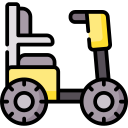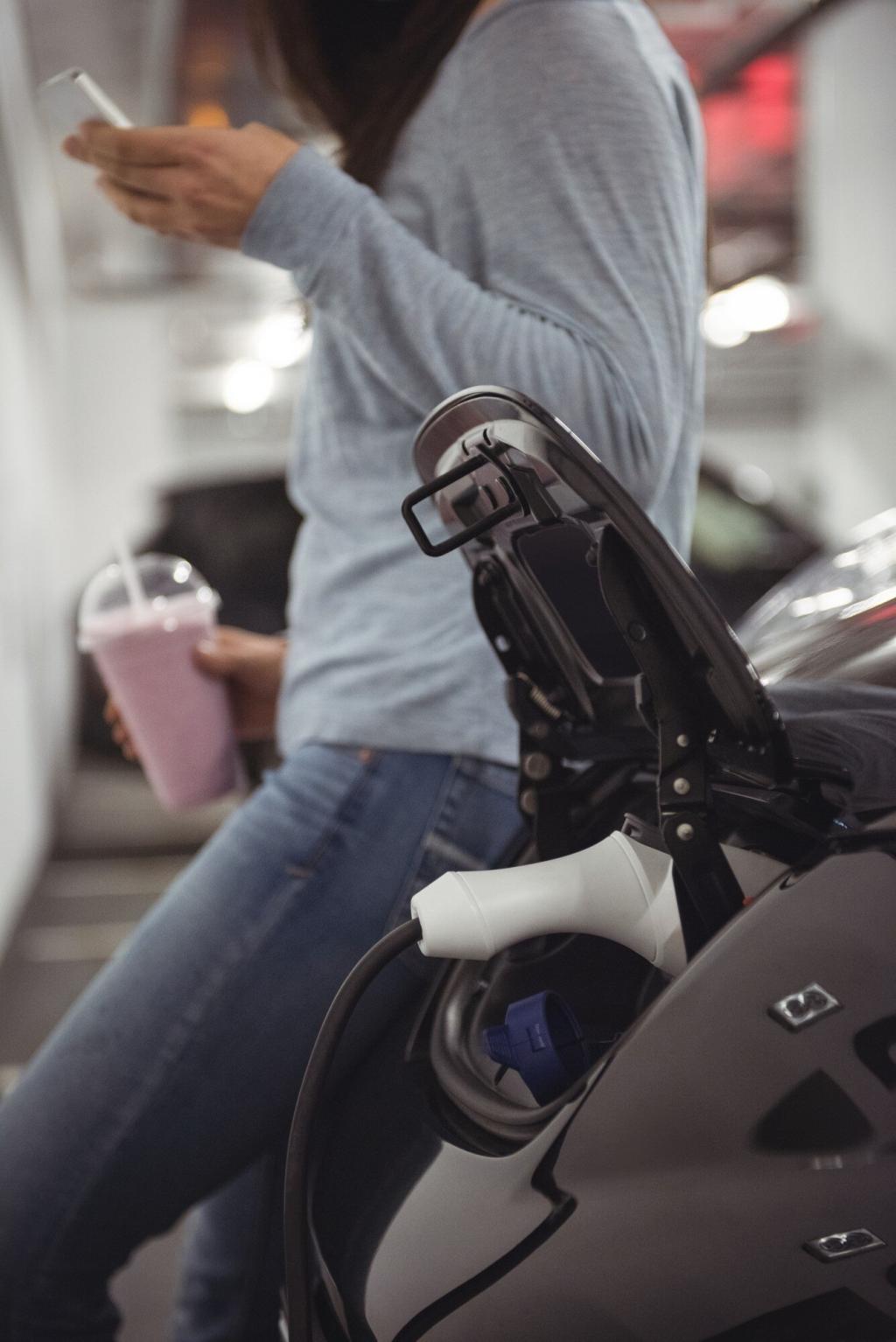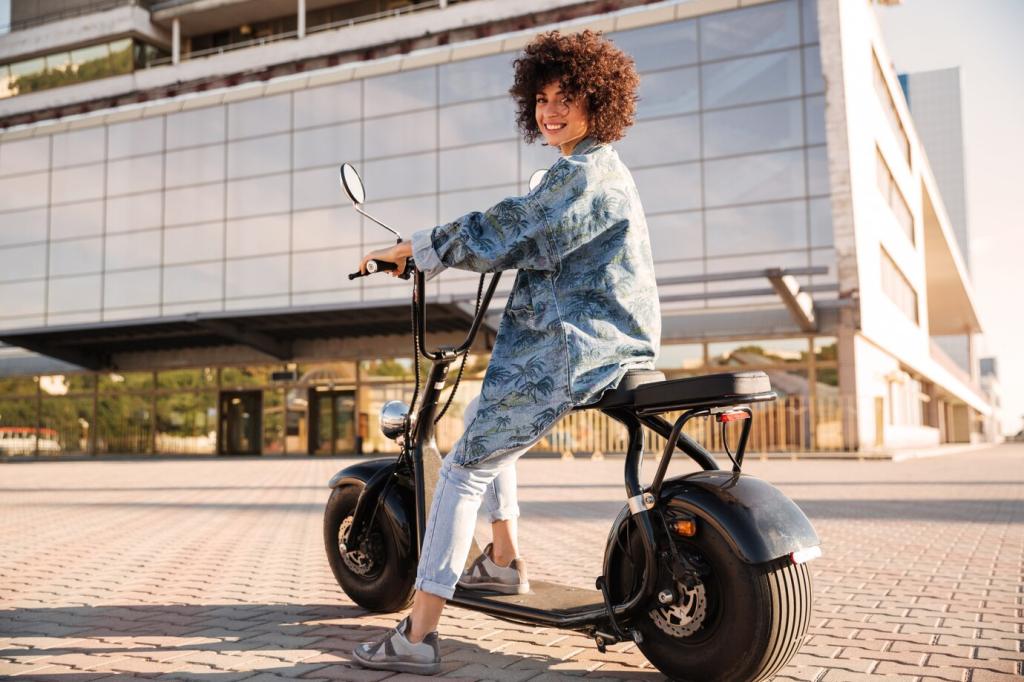Measurement, Telemetry, and Iteration
Record Wh/km, average speed, total elevation, temperature, and wind for three identical loops. Consistency exposes real improvements. Keep a simple ride journal. Share your baseline snapshot in the comments so others riding similar scooters can benchmark against your numbers.
Measurement, Telemetry, and Iteration
Pair the scooter app with GPS logging, and consider Bluetooth telemetry if available. Calibrate wheel size, verify voltage readings, and export CSV files. Post a screenshot of your best run, and subscribe for our template that simplifies overlaying speed, voltage, and elevation.





